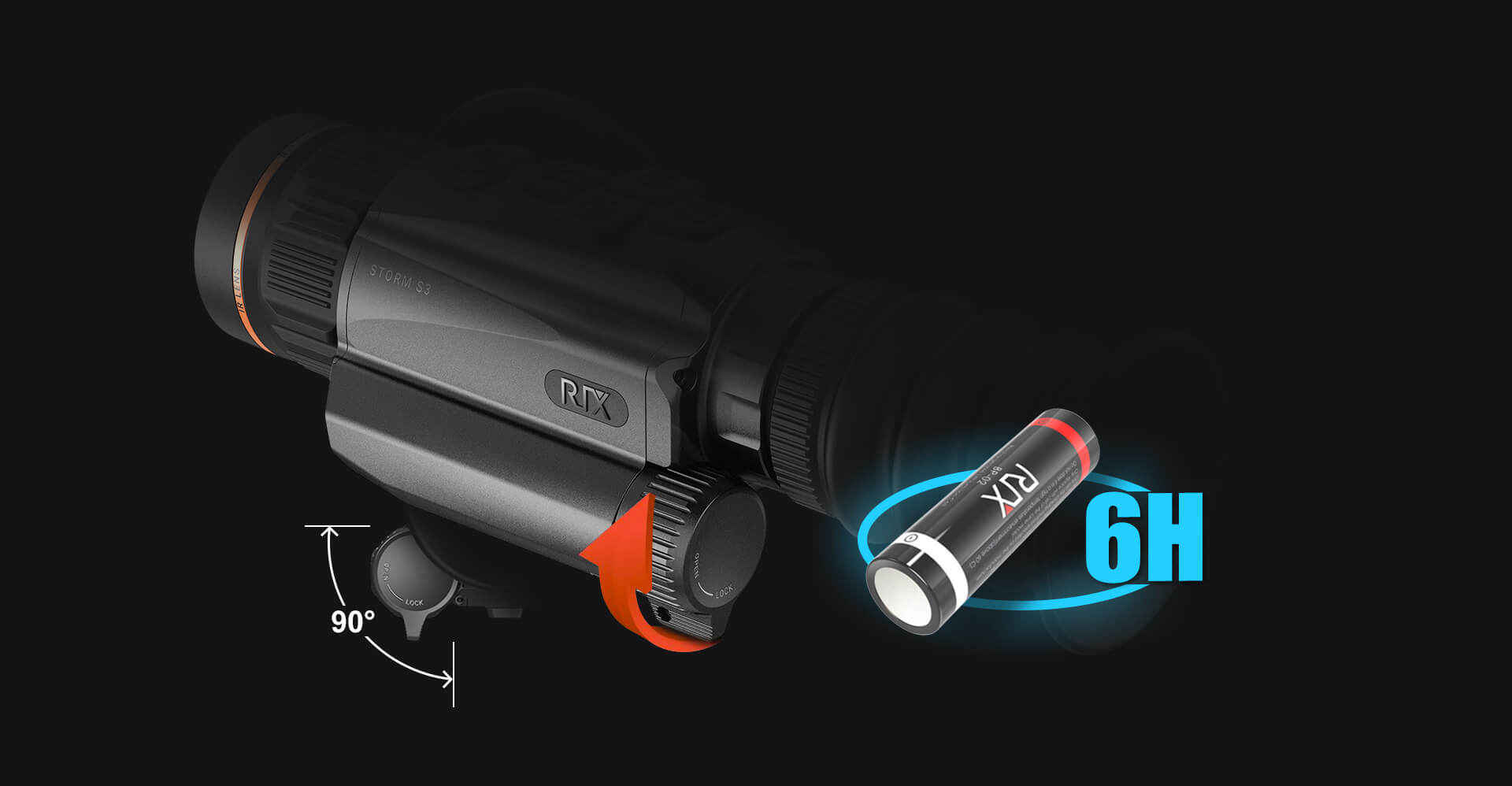Night vision scopes have revolutionized the way we observe our surroundings in low-light conditions. But how do these remarkable devices work? Understanding the science behind night vision scopes can enhance your appreciation for their capabilities and applications.

What is a Night Vision Scope?
A night vision scope is an optical device designed to amplify available light, allowing users to see in darkness. These scopes are commonly used in various fields, including hunting, law enforcement, and military operations. But what makes them so effective?
Key Components of Night Vision Scopes
To grasp the functionality of a night vision scope, it is essential to understand its key components:
- Objective Lens: This lens gathers light from the environment, which is crucial for visibility in low-light conditions.
- Image Intensifier Tube: The heart of the night vision scope, this tube amplifies the light collected by the objective lens.
- Eyepiece Lens: This lens allows the user to view the amplified image, providing clarity and detail.
- Power Supply: Most night vision scopes require a power source to operate the image intensifier tube.
How Do Night Vision Scopes Work?
The operation of a night vision scope can be broken down into several key steps:
- The objective lens captures ambient light, including infrared light that is invisible to the naked eye.
- This light is then directed into the image intensifier tube, where it is converted into electrons.
- These electrons are amplified and converted back into visible light, creating a brightened image.
- Finally, the eyepiece lens allows the user to see this enhanced image clearly.
Types of Night Vision Scopes
There are several types of night vision scopes available on the market, each designed for specific applications:
- Generation 1: The most basic and affordable option, suitable for casual use.
- Generation 2: Offers improved image quality and performance in low-light conditions.
- Generation 3: Provides the best performance, often used by military and law enforcement.
Applications of Night Vision Scopes
Night vision scopes are not just for enthusiasts; they have practical applications in various fields:
- Hunting: Allows hunters to track game during nighttime.
- Surveillance: Enhances security measures in low-light environments.
- Military Operations: Essential for tactical missions conducted at night.
In conclusion, understanding the science behind night vision scopes enhances our appreciation for these sophisticated devices. Whether you are an avid hunter or a security professional, investing in a quality night vision scope can significantly improve your visibility in the dark. For more information on high-quality optics, visit  .
.








